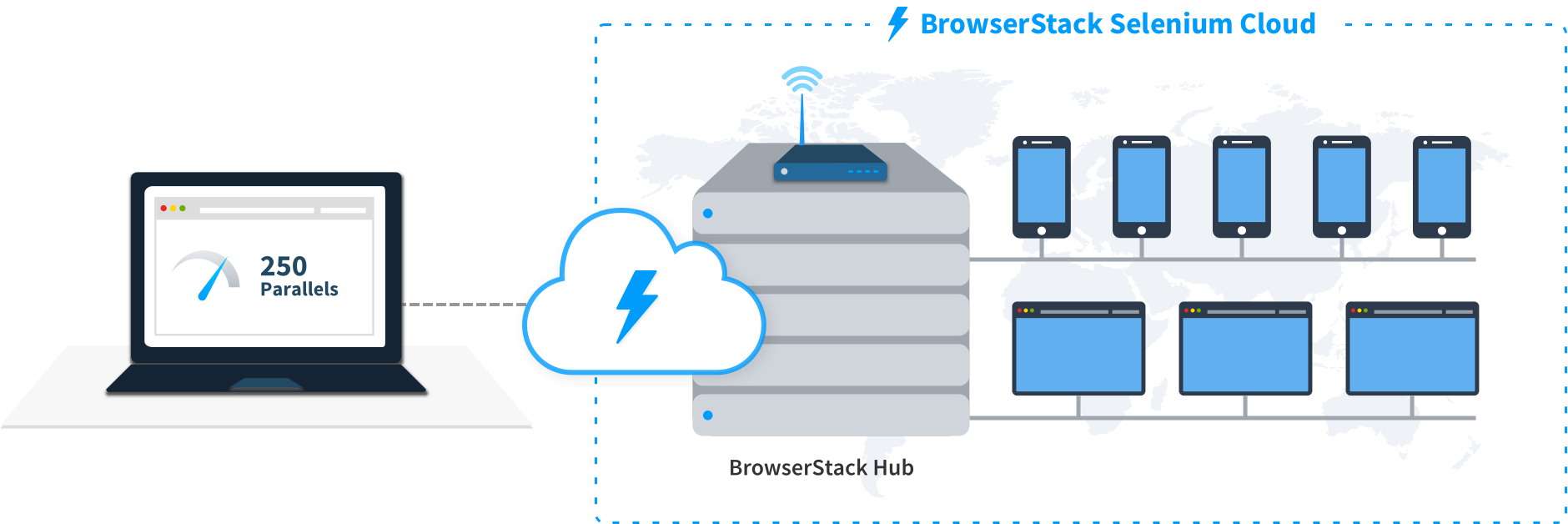Selenium with Behave
Your guide to running tests using Behave SDK on BrowserStack’s Selenium Grid of 3000+ real devices and desktop browsers.

Prerequisites
-
You need to have BrowserStack Username and Access key, which you can find in your account profile. If you have not created an account yet, you can sign up for a Free Trial.
-
Behave v1.2.6+, Python3 and Pip3 is installed on your machine.
This section covers running your first build with BrowserStack’s sample repo. To run builds with your existing test suite(s), skip to integrate your test suite.
Run a sample build
Run a sample Behave test build using BrowserStack SDK with the following steps:
Get our sample project
Get our sample project using one of the following options.
Option 1: Download the project
Option 2: Clone the Git repository
Clone our sample Git repository using the following commands:
# clone sample Behave repository
git clone -b master https://github.com/browserstack/behave-browserstack
cd behave-browserstack
git clone -b master https://github.com/browserstack/behave-browserstack
cd behave-browserstack
Configure your browserstack.yml config file
The browserstack.yml file holds all the required capabilities to run your tests on BrowserStack
Set access credentials
Set userName and accessKey properties in browserstack.yml to authenticate your tests on BrowserStack.
Select desktop browsers or real devices from a list of 3000+ available combinations:
Update the browserstack.yml config file
Copy and replace the following config in the browserstack.yml file available in the root directory of this project.
Execute build on BrowserStack
You are now ready to run your build on BrowserStack. From the root directory of this project, run the following command.
After you run your test, visit the Automate dashboard to view your test results.
Next steps
After you have successfully run your first test on BrowserStack, try integrating your test suite with BrowserStack.
We're sorry to hear that. Please share your feedback so we can do better
Contact our Support team for immediate help while we work on improving our docs.
We're continuously improving our docs. We'd love to know what you liked
- RESOURCES
We're sorry to hear that. Please share your feedback so we can do better
Contact our Support team for immediate help while we work on improving our docs.
We're continuously improving our docs. We'd love to know what you liked
Thank you for your valuable feedback!
